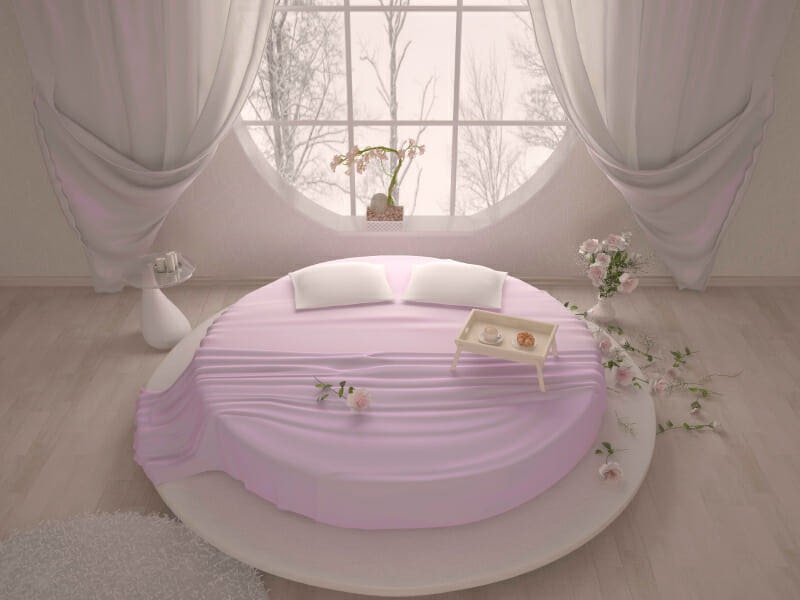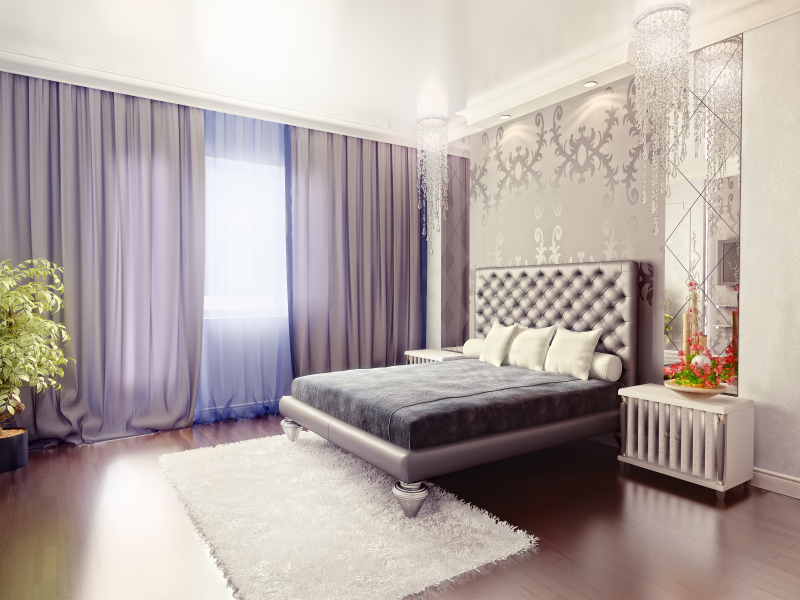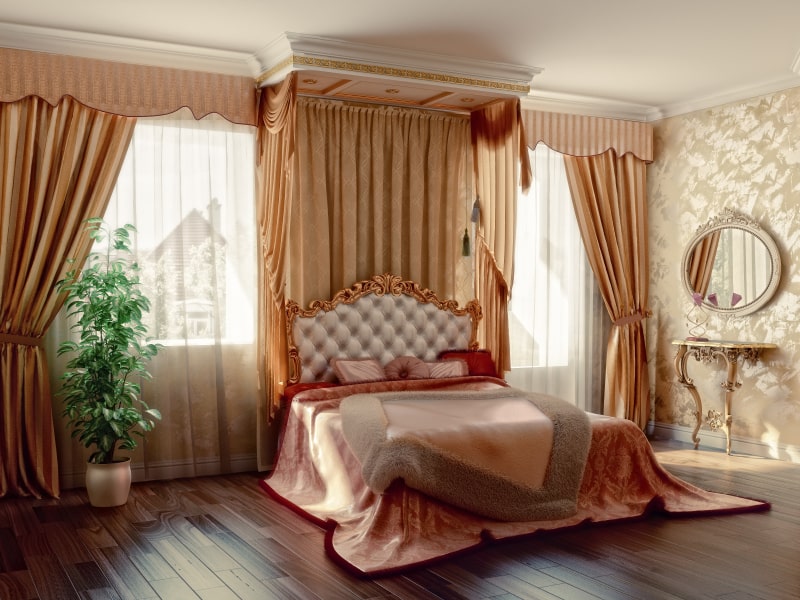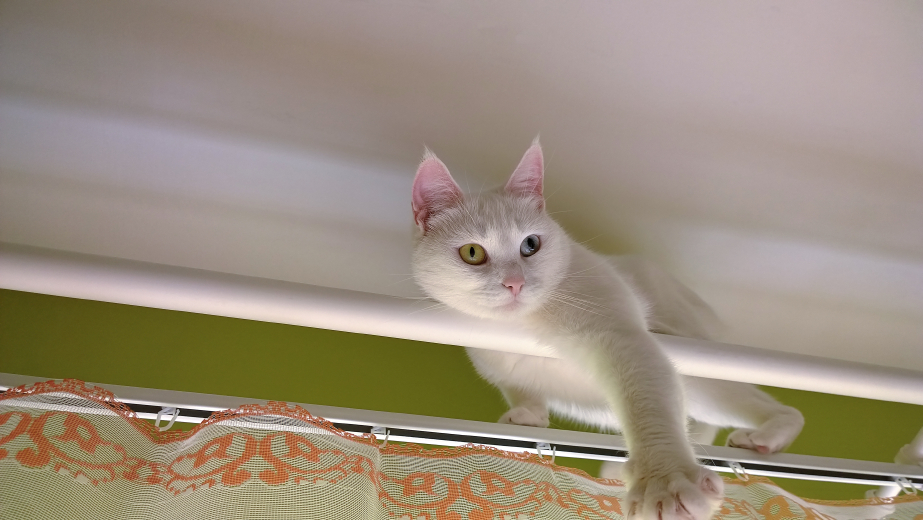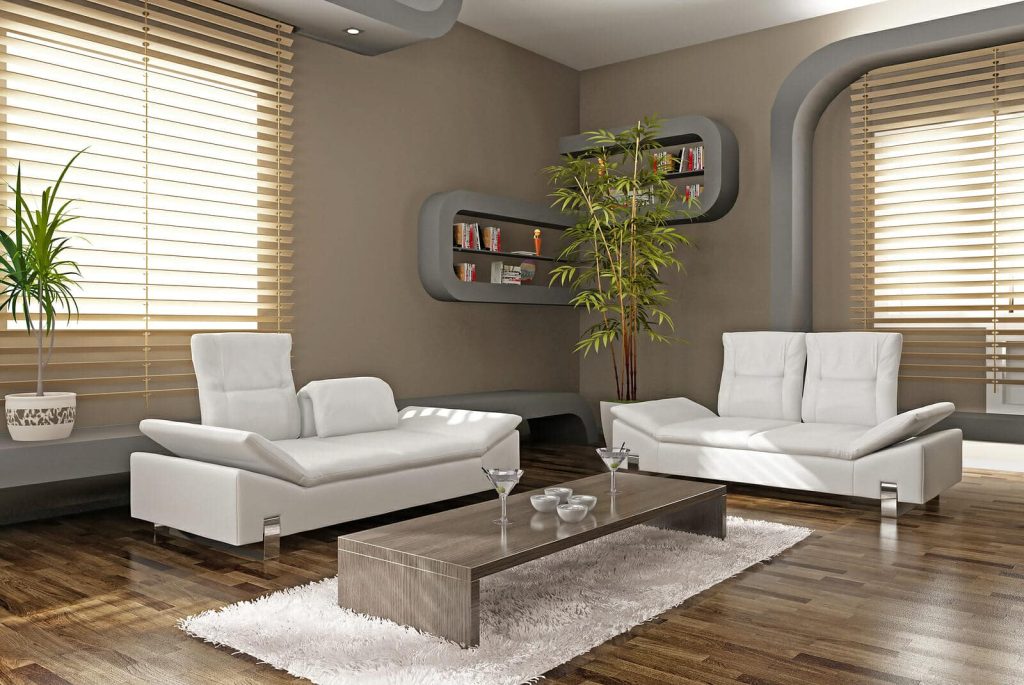What usually makes curtains suffer has to do with proportion. If you get it wrong, you end up with a not so flattering result and a frustrating waste of money and time.
Knowing how every component of your window treatment you have chosen relates not only to the other components but also to the room and other windows is critical. To make sure you always get proportions right, here are some tips for you!
1. Fullness
It is so easy for a window treatment to go from beautiful to skimpy in a heartbeat if the fullness is wrong. The vast majority of fabrics come in widths of 54 inches. After you have the fabric hemmed and either pleated or shirred, the width reduces to 18 inches.
This fullness is perfect for a very tiny window so instead of having one-width fabric, it’s suggested that you ask for, at least, one and a half widths to get the right proportion. If you are sewing your window treatments yourself, this means more work for you. But, if something is worth doing, better be perfect, right?
2. Length
A window treatment with panels too short is not a sight for sore eyes and one of the decorator’s red flags. Panels should graze the floor, and only stationary panels can puddle (hence, be much longer), as long as the puddle doesn’t throw the window treatment out of proportion (meaning puddle too much).
By the way, when it comes to washing your curtains, feel free to hand-wash or throw in the washing machine any cheap, ready-made curtains. But, beware. Chances are they won’t look as good as they looked afterward.
For decorator fabrics, the recommended cleaning method is dry-clean only and you do need to be careful with the linings. Keep them away from direct sunlight exposure. However, truth be told, vacuuming your curtains and drapes frequently will be enough to keep them clean for a long time. So, unless they are stained, have pets that are not house trained, smokers or kids that run and jump around the curtains, cleaning your drapes can be in your list with the least regular chores.
3. Tiebacks
The size of the tieback, as well as the right placement, are equally important. As a rule of thumb, we don’t place a tieback in the middle of the panel because it visually cuts it in half, making the window treatment look bizarrely out of proportion.
Instead, place the tiebacks somewhat below or above the center, at around the 2/3 or 1/3 point of the treatment. Nevertheless, these are just guidelines and there are cases when tiebacks are placed at around the middle and make the window treatment look stunning.
4. Combining two elements
For example, if you want to add a valance to your window treatment, you need to consider the length (depends on where you will hang the curtain or panels – at the ceiling, inside the window or above the window frame?), the size of your window, and amount of light you want to have in the room.
Although there is no one-size-fits-all rule, many fabricators suggest that for an 8-foot ceiling, the proportion of the valance should be 1/5 the panel’s length. For lower ceilings, it should be 1/6 while for taller than 8-foot ceilings or a valance that’s to be mounted at the ceiling itself, you will definitely need something much longer.
Note: If you are pairing jabots with swags, the first will have to be 2/3 the length of the window and the latter 1/3 to ½ the jabot’s length.
5. Mounting
Speaking of mounting, the general rule is that the longer the window treatment, the fuller it needs to be. This means that if you want to mount your treatment at the ceiling, you’ll have to find a way to add more fullness than what you’d need for treatments mounted just above the window frame or inside the window.
6. Rod Dimension
Thin rods look more suited on small or narrow windows while heftier rods are great for wider and larger windows. The same concept applies to the rings, if you are going to use that hardware.
How to Determine the Ideal Curtain Rod Length
7. Distance away from the wall
This is what interior designers refer to as “return” and it’s one last factor you need to consider that also affects proportion. How far away your window treatment will hang from the wall is important. The standard is about 3 ½ inches but taller or wider windows may need a return that’s deeper than the standard to look good. In case you are adding a valance, make sure the return is deep enough, so there is sufficient space to clear the curtain.
Final Tips:
1. Don’t agree to go ahead with a window treatment if you have not seen some of the designer’s finished products. You have to be sure they will get it right and if you forget to ask for work samples and a scaled drawing of your window treatment before ordering the fabric, you are playing with fire and have 50-50 chances to be happy with how the finished product will look.
2. If you are purchasing ready-made treatment, be prepared to need two sets to make a decent window treatment. The thing with this type of treatments is that their proportions are totally wrong and you need to work more to make them presentable.
3. If you are a DIY fan and are making your own curtains, better go too lush, full or long rather than pinched and skimpy.
4. Regarding how much of the window you can cover, sheerer fabrics allow for more window coverage.
5. To get an idea of how a valance or shape will look like, you can use butcher paper to build one and pin it onto the window. Feel free to add length is necessary until you are completely satisfied with the proportion.
